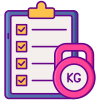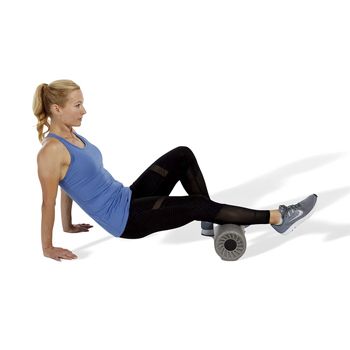Whether you’re a seasoned athlete or just starting out on your fitness journey, incorporating active recovery workouts into your routine is key to preventing injury, improving performance, and maintaining overall health. While rest and recovery days are important, staying active during these periods can help keep your body moving and your mind fresh. In this article, we’ll explore the benefits of active recovery workouts and provide some examples to help you stay on track.
The Benefits of Active Recovery Workouts
Active recovery workouts are low-intensity exercises that are designed to promote blood flow, reduce muscle stiffness, and aid in the repair and rebuilding of muscle tissues. By engaging in these types of workouts, you can speed up the recovery process, prevent muscle imbalances, and improve flexibility and range of motion. Additionally, staying active during your recovery days can help reduce stress levels, boost your mood, and increase energy levels.
Examples of Active Recovery Workouts
There are many different types of active recovery workouts that you can incorporate into your routine. Some popular options include:
Walking or light jogging: Going for a leisurely walk or light jog can help promote blood flow and improve circulation without putting too much stress on your muscles.
Yoga or Pilates: These low-impact exercises can help improve flexibility, strength, and balance while also promoting relaxation and stress relief.
Swimming or cycling: Engaging in these low-impact cardiovascular activities can help improve endurance and cardiovascular health without putting strain on your muscles and joints.
Stretching or foam rolling: Taking the time to stretch or foam roll can help relieve muscle tension, improve flexibility, and prevent injury.
Tips for Incorporating Active Recovery Workouts
When incorporating active recovery workouts into your routine, it’s important to listen to your body and adjust the intensity and duration of your workouts accordingly. Here are some tips to help you make the most of your recovery days:
Stay consistent: Try to incorporate active recovery workouts into your routine at least 1-2 times per week to help prevent injury and improve overall performance.
Focus on quality over quantity: Instead of pushing yourself to the limit, focus on performing each exercise with proper form and technique to maximize the benefits of your recovery workout.
Mix it up: Keep your workouts interesting by trying different activities and exercises to prevent boredom and keep your body challenged.
Listen to your body: If you’re feeling fatigued or sore, don’t be afraid to dial back the intensity of your workout or take a rest day to give your body the time it needs to recover.
Conclusion
Active recovery workouts are a valuable tool for athletes and fitness enthusiasts alike to help speed up the recovery process, prevent injury, and improve overall performance. By incorporating these low-intensity exercises into your routine, you can keep your body moving, your mind fresh, and your health in check. Remember to listen to your body, stay consistent, and mix it up with different activities to make the most of your recovery days. Keep moving and stay active!

